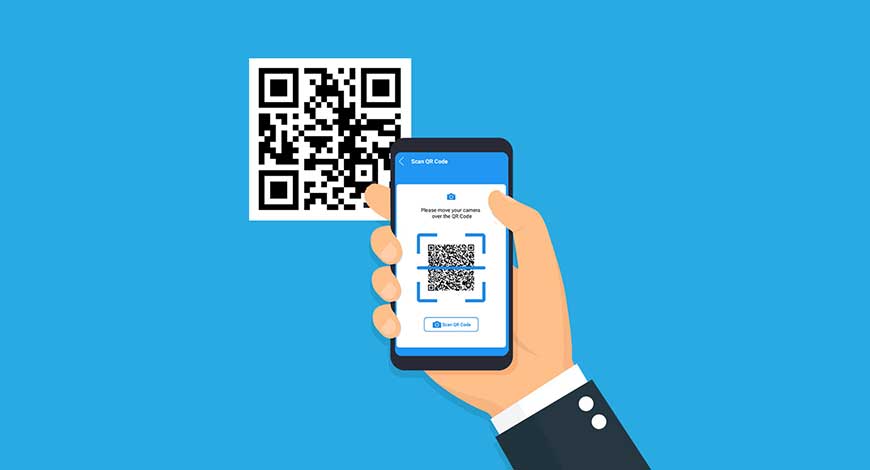Headlines of The Day
India plans tech switchover from UPI to UHI in healthcare

India’s Unified Payments Interface (UPI) revolutionized the way people make financial transactions. Just a scan of a QR code and a PIN can complete payments, from street vendors to big businesses. Now, the government envisions a similar transformation in healthcare with the Ayushman Bharat Digital Mission (ABDM) and its Unified Health Interface (UHI).
The inspiration: UPI’s success story
UPI’s success lies in its open architecture, user-friendliness, and secure digital infrastructure. The ABDM takes a similar approach. It leverages existing public digital systems like Aadhaar (unique ID) and the widespread reach of mobile phones and internet to create a robust foundation for India’s digital health ecosystem.
The game changer: The unified health interface
The UHI acts as the bridge between patients and healthcare service providers (HCPs). Imagine a network of healthcare apps, all connected through UHI. Patients can use these apps to:
- Book appointments: No more long calls or waiting in line.
- Consult doctors virtually: Telemedicine consultations become easier, bringing healthcare access to remote areas.
- Access medical records: Carry your health history in your pocket. UHI facilitates secure sharing of medical documents between authorized parties.
- Pay for services: Imagine paying for a consultation or lab tests digitally, just like paying for groceries with UPI.
The UHI: A functional ecosystem
The UHI is no longer just a vision for the future. Core functionalities are up and running, and various players are actively creating UHI-based solutions. Here are some examples:
- Appointment booking apps: Existing appointment booking platforms are integrating with UHI to allow patients to seamlessly book appointments with UHI-compliant healthcare providers.
- Telemedicine platforms: Telemedicine providers are leveraging UHI to simplify virtual consultations and enable secure exchange of medical data during consultations.
- Health record management apps: Apps focused on managing personal health records are using UHI for secure storage and sharing of medical documents with authorized healthcare providers.
Empowering nurses in the UHI ecosystem
Nurses play a critical role in the UHI’s success. Here are some ways UHI can empower nurses:
- Enhanced Care Coordination: UHI facilitates smoother communication and information sharing between nurses, doctors, and other healthcare professionals involved in a patient’s care. Nurses can access a patient’s complete medical history, allowing for more informed decisions and improved care coordination.
- Streamlined Patient Education: UHI can be a valuable tool for nurses to educate patients. Nurses can share educational resources and materials through UHI-compliant apps, promoting patient understanding of their health conditions and treatment plans.
- Remote Patient Monitoring: UHI can support remote patient monitoring programs, where nurses can track vital signs and other health data remotely. This allows for timely intervention and improved patient outcomes, especially in chronic disease management.
- Expanded Telehealth Services: UHI can play a role in expanding telehealth services, where nurses can conduct consultations and provide follow-up care virtually. This can improve access to healthcare, particularly in underserved areas.
The benefits: A ripple effect
The impact of UHI goes beyond convenience. Here’s what it promises:
- Improved patient care: Doctors can access a patient’s medical history for better diagnosis and treatment plans. Nurses can leverage UHI for better care coordination and patient education.
- Enhanced efficiency: Streamlined processes mean shorter waiting times and reduced paperwork for both patients and HCPs.
- Transparency and accountability: UHI promotes transparency in costs and better management of health insurance claims.
- Empowered patients: Patients take more control of their health with easy access to information.
Challenges and the road ahead
While UHI is operational, there’s still room for improvement:
- Digital literacy: Equipping people, especially in rural areas, to navigate the UHI system is crucial.
- Data privacy and security: Ensuring the safety of sensitive health data is paramount.
- Standardization and interoperability: Different healthcare providers and app developers need to adhere to common protocols for seamless information exchange.
The way forward
The ABDM and its UHI hold immense potential to revolutionize healthcare delivery in India. Collaboration between the government, healthcare institutions, and technology companies is key to its success. Public awareness campaigns and training programs can bridge the digital divide.
A healthcare revolution in motion
In conclusion, the UHI is transforming healthcare in India, just like UPI transformed financial transactions. With existing players creating UHI-based solutions and core functionalities operational, UHI is poised to make healthcare more accessible, efficient, and empowering for both patients and providers. The coming years will see further development and wider adoption, shaping a future where UHI is at the heart of India’s digital. Nursing News India












